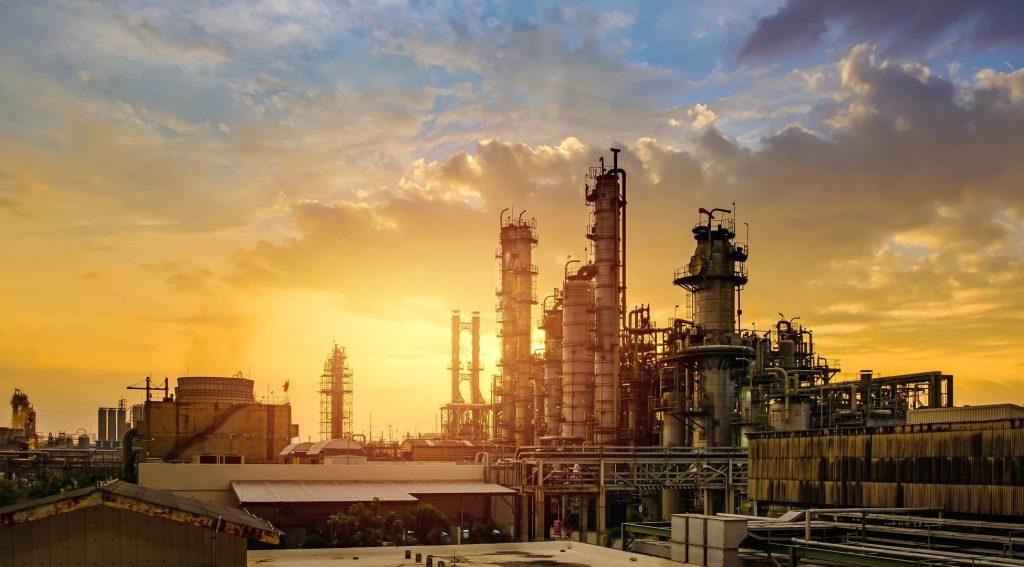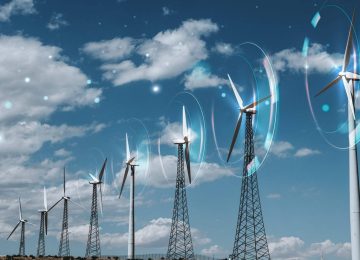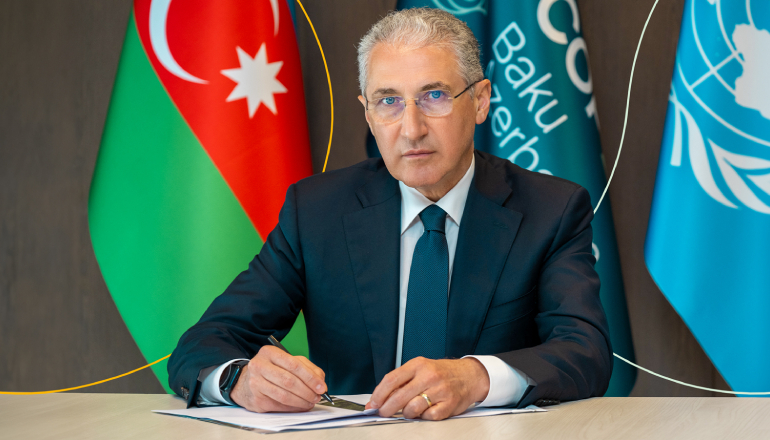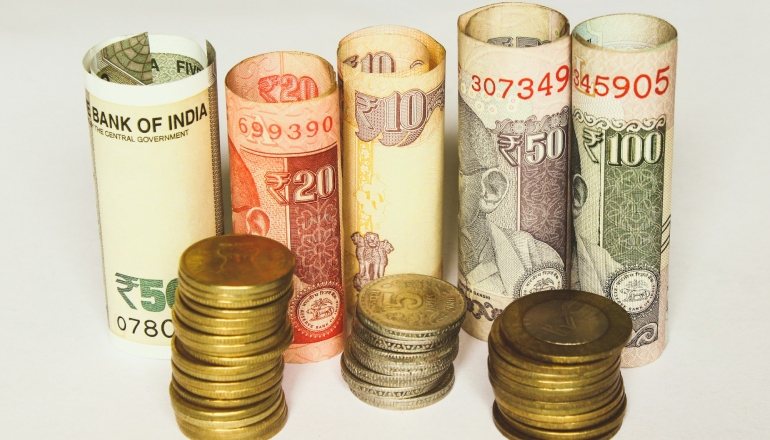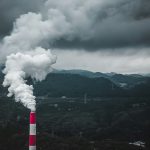Methane emissions have been increasing due to rising energy demand and fossil fuel production. India plans to double its coal output by 2030.
Although the transparency and methane data are improving, emissions remain significantly high.
The IEA’s Global Tracker demonstrates that actions to reduce methane emissions are frequently affordable and might have added 100 billion cubic meters of gas to the market in 2024.
Key updates:
According to the IEA’s most recent worldwide monitoring update, efforts to improve data collection and identify methane leaks are making headway, but methane emissions from fossil fuels are still persistently high.
At a time when global temperatures have risen to record highs for two consecutive years, methane abatement is a critical chance to slow down short-term global warming.
Almost a third of the methane emissions from human activities worldwide now come from the fossil fuel industry. According to the research, methane emissions from the energy industry globally remain above 120 million tons per year due to record global production of coal, gas, and oil, as well as minimal mitigation efforts to date.
Regional extract: SE Asia:
Most countries in the region participate in the Global Methane Pledge, except for India and Thailand.
Bangladesh and Vietnam have developed action plans to tackle methane emissions, encouraging the collection of associated gas from oil operations, investment in leak detection and repair, and methane drainage and recovery before and during underground coal mining.
Under the Stated Policies Scenario, fossil fuel methane emissions in South and Southeast Asia are expected to fall by nearly 15% by 2030 and by just over 20% by 2035. In sub-Saharan Africa, fossil fuel operations emitted around 6 Mt of methane, with 70% coming from oil and gas operations and the remainder from
coal mines.
Methane emission in oil and gas reaches record high.
Although data transparency is improving, the IEA estimate is far greater than the levels suggested by official reporting. More than 25 satellites are currently in orbit and can offer crucial information. In 2024, satellite-detected very large leaks from oil and gas installations reached a record level.
According to new research in this year’s Tracker, coal mines and abandoned oil and gas wells together produced over 8 million tons of methane emissions worldwide last year. When combined, these sources would rank fourth globally in terms of methane emissions from fossil fuels.
As per the analysis, current technology could prevent over 70% of the energy sector’s yearly methane emissions. Meanwhile, because captured gas may be sold again, a large portion of abatement measures could pay for themselves in less than a year.
80% of the world’s oil and gas production is covered by the methane commitments made by businesses and nations today, per new research included in the Tracker update. However, only around 5% of the world’s oil and gas production currently satisfies a threshold for nearly zero methane emissions.
Potential solution:
According to the Tracker, reducing flaring and methane emissions would increase natural gas supplies and enhance energy security.
In 2024, methane abatement might have rendered about 100 billion cubic meters of natural gas—equivalent to Norway’s entire gas exports—available to markets. Every year, an additional 150 billion cubic meters of natural gas are flared worldwide, most of which are preventable and part of standard procedures.
Data shows that methane emissions intensities vary greatly among nations and businesses, with the best performing 100 times better than the worst. It states that in order to close this gap, awareness-building and the dissemination of easily accessible best practices are crucial.
By implementing targeted methane mitigation solutions in the fossil fuel industry, current regulations would stop global temperatures from rising by about 0.1 °C by 2050. This would be equivalent to removing all carbon dioxide emissions from heavy industry globally.
Thought leadership:
“Tackling methane leaks and flaring offers a double dividend: it alleviates pressure on tight gas markets in many parts of the world, enhancing energy security—and lowers emissions at the same time,” said IEA Executive Director Fatih Birol. “However, the latest data indicates that implementation on methane has continued to fall short of ambitions. The IEA is working to ensure that governments and industry have the tools and knowledge they need to deliver on pledges and achieve the goals they have set.”


